15 Priceless Artifacts That Mysteriously Disappeared
Some of the most fascinating artifacts in history are ones that no one can find. They once held great cultural or historical importance but have mysteriously disappeared. No one really knows where they went or what happened to them. Over the years, countless theories have been proposed, but none have led to answers. These lost treasures continue to spark curiosity and wonder.
This post may contain affiliate links, which helps keep this content free. Please read our disclosure for more info.
Jules Rimet Trophy
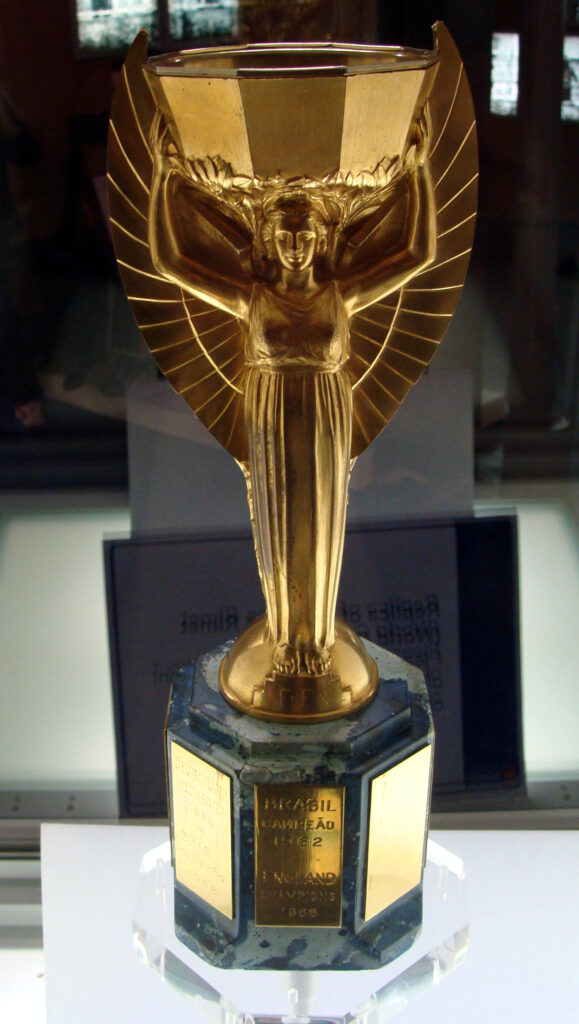
The Jules Rimet Trophy was the original FIFA World Cup trophy, awarded to the winner of the football World Cup. It was created in 1930 and was named after the FIFA president who initiated the tournament, Jules Rimet. The trophy was stolen in 1983 from the Brazilian Football Confederation’s headquarters and has never been recovered. Its market value, considering its historical significance, is believed to be around $50 million.
The trophy was made of solid gold and depicted a figure of Nike, the Greek goddess of victory. After Brazil won the World Cup for the third time in 1970, they were allowed to keep the trophy permanently. Unfortunately, it was stolen in 1983, and despite extensive investigations, it was never found. The loss of the Jules Rimet Trophy is one of the most talked-about events in football history.
The Amber Room

The Amber Room was originally constructed in the 18th century in the Catherine Palace of Tsarskoye Selo near St. Petersburg, Russia. It was a magnificent room decorated with amber panels, mirrors, and gold leaf. The room was a gift to Peter the Great from the King of Prussia, Frederick I, in 1716. It remained in the palace until 1941 when it was lost during the Nazi invasion of the Soviet Union in World War II.
Despite numerous searches, the Amber Room has never been found, and its disappearance remains one of the greatest mysteries of World War II. It is believed to have been either stolen or destroyed by the Nazis during their retreat. The current market value of the Amber Room is estimated to be around $142 million. Various replicas have been made, but the original is still missing, leaving many to wonder about its fate.
Sarcophagus of Menkaure

The Sarcophagus of Menkaure belonged to the ancient Egyptian pharaoh Menkaure, who ruled during the 4th Dynasty, around 2500 BCE. It was originally discovered in the Pyramid of Menkaure at Giza in 1840 by the British explorer Richard William Howard Vyse. However, the sarcophagus was lost in the mid-19th century when it was reportedly stolen from the British Museum. Today, it is believed to have a market value of around $2 million if it were to resurface.
The sarcophagus was originally made of red granite and was designed to hold the king’s mummified remains. While it was meant to be displayed at the British Museum, it was lost during a period of intense looting in Egypt. Despite several attempts to locate it, the sarcophagus has never been found. The mystery of its disappearance only adds to its allure as a historical treasure.
Crown Jewels of Ireland
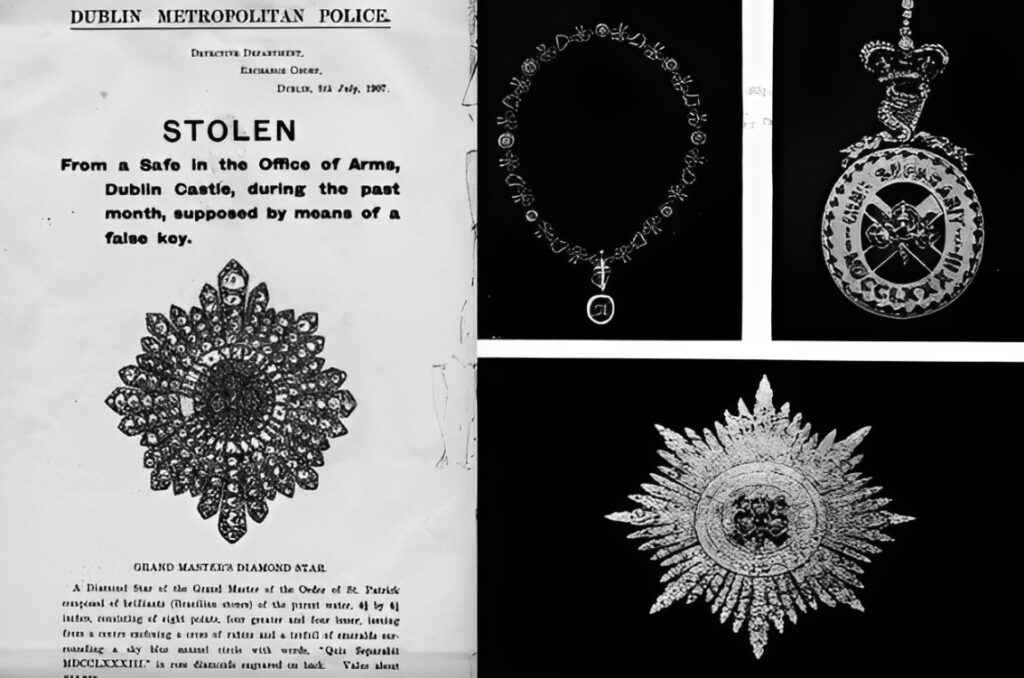
The Crown Jewels of Ireland were part of the Irish crown regalia, which belonged to the British monarchy. They were stored at Dublin Castle and were made up of a set of jewels, including an ornamental sword and crown. The jewels were stolen in 1907, and despite an extensive investigation, the thieves were never caught. The current value of the jewels is estimated at around $30 million, although their actual worth is impossible to determine due to their historical significance.
The Crown Jewels were kept in the safe of Dublin Castle until they disappeared without a trace. It is believed that the theft was an inside job, though no one was ever arrested. Since the time of the theft, the jewels have never resurfaced, and their disappearance remains a mystery. Their loss is still considered one of Ireland’s greatest unsolved crimes.
Lost Raphael Painting

The Lost Raphael Painting is believed to be an artwork created by the famous Renaissance painter Raphael. It was commissioned by a wealthy patron in the early 1500s, and its subject matter is unknown, though it is thought to have been an important religious or mythological scene. The painting was lost during the 17th century, possibly due to theft or a fire that destroyed many artworks. The value of the lost Raphael painting is immeasurable, given Raphael’s status as one of the greatest artists in history.
The painting was believed to have been displayed in a private collection, but it vanished during a period of great turmoil in Europe. Some believe it was stolen, while others think it was lost in the chaotic events of the time. Although there have been some claims that the painting has been found, none of these claims have been substantiated. The lost Raphael continues to fuel intrigue among art historians and collectors.
The Just Judges

The Just Judges was a panel painting that was part of the famous Ghent Altarpiece by Jan van Eyck. The painting depicted scenes from the Last Judgment and was housed in St. Bavo’s Cathedral in Ghent, Belgium. In 1934, the panel featuring the Just Judges was stolen, and despite several attempts to recover it, the painting has never been found. Its current market value is impossible to determine but is believed to be worth around $100 million due to its artistic significance.
The Just Judges panel was one of the most important parts of the Ghent Altarpiece, a masterpiece of Northern Renaissance art. The theft of the panel in the early 20th century has led to numerous investigations, but the artwork remains missing. Some speculate that it was taken by Nazi soldiers during World War II, while others believe it may still be hidden in Europe. The disappearance of this iconic painting is one of the greatest art thefts in history.
Florentine Diamond

The Florentine Diamond was a large, greenish-yellow diamond that was once owned by the Medici family. The diamond was part of the collection of jewels owned by the ruling family of Florence, Italy, during the Renaissance period. It was lost in the 18th century, likely during a robbery or political upheaval. Today, the market value of the Florentine Diamond is estimated at around $50 million, but its exact worth remains speculative due to its unique color and history.
The Florentine Diamond was an important symbol of wealth and power for the Medici family. It was said to have been set in a crown, but its disappearance is shrouded in mystery. After being lost, it was rumored to have been stolen or sold off during the turbulent years of European history. Despite efforts to locate it, the diamond has not been found, and its story remains one of intrigue.
Menorah from the Second Temple

The Menorah from the Second Temple was a sacred object in ancient Jewish culture, believed to have been created for use in the Jewish Temple in Jerusalem. It was made of pure gold and was described in the Bible as a seven-branched candelabrum. The Menorah was taken by the Romans in 70 CE after the destruction of the Second Temple. Its current market value is nearly impossible to estimate, as it holds immense religious and historical significance.
The Menorah was a central part of Jewish worship in the Temple and symbolized the presence of God. After the Romans captured Jerusalem, the Menorah was paraded through the streets of Rome, but its fate after that is unclear. Some believe it was either destroyed or hidden during the fall of the Roman Empire. The Menorah remains one of the most sought-after lost artifacts from ancient times.
Copper Scroll Treasures

The Copper Scroll is one of the Dead Sea Scrolls, found in 1952 in the caves of Qumran near the Dead Sea. It is unique because it is written on copper, unlike the other scrolls, which are made of parchment or papyrus. The scroll lists a series of treasure locations, believed to be hidden by the Jewish rebels during the Roman conquest of Jerusalem in 70 CE. The treasure described on the scroll is estimated to be worth hundreds of millions of dollars, though its actual location is still unknown.
Despite extensive searching, no one has been able to find the treasures listed in the Copper Scroll. The treasure could include gold, silver, and sacred artifacts taken from the Jewish Temple. Many believe that the treasure may still be hidden somewhere in the Judean Desert. The Copper Scroll continues to be an intriguing puzzle for archaeologists and treasure hunters alike.
Isabella Stewart Gardner Museum Stolen Art

The Isabella Stewart Gardner Museum in Boston was the site of a famous art heist in 1990. Thieves disguised as police officers entered the museum and stole 13 pieces of art, including works by Vermeer, Rembrandt, and Degas. The paintings were valued at over $500 million at the time of the theft, making it one of the largest art thefts in history. Despite numerous efforts to recover the art, none of the stolen pieces have been returned.
The stolen art was taken from the museum’s walls and frames, leaving behind only empty spaces. Over the years, there have been various leads, but the paintings have not resurfaced. The museum continues to offer a substantial reward for information leading to their recovery. The theft remains one of the most high-profile unsolved cases in the art world.
Peking Man
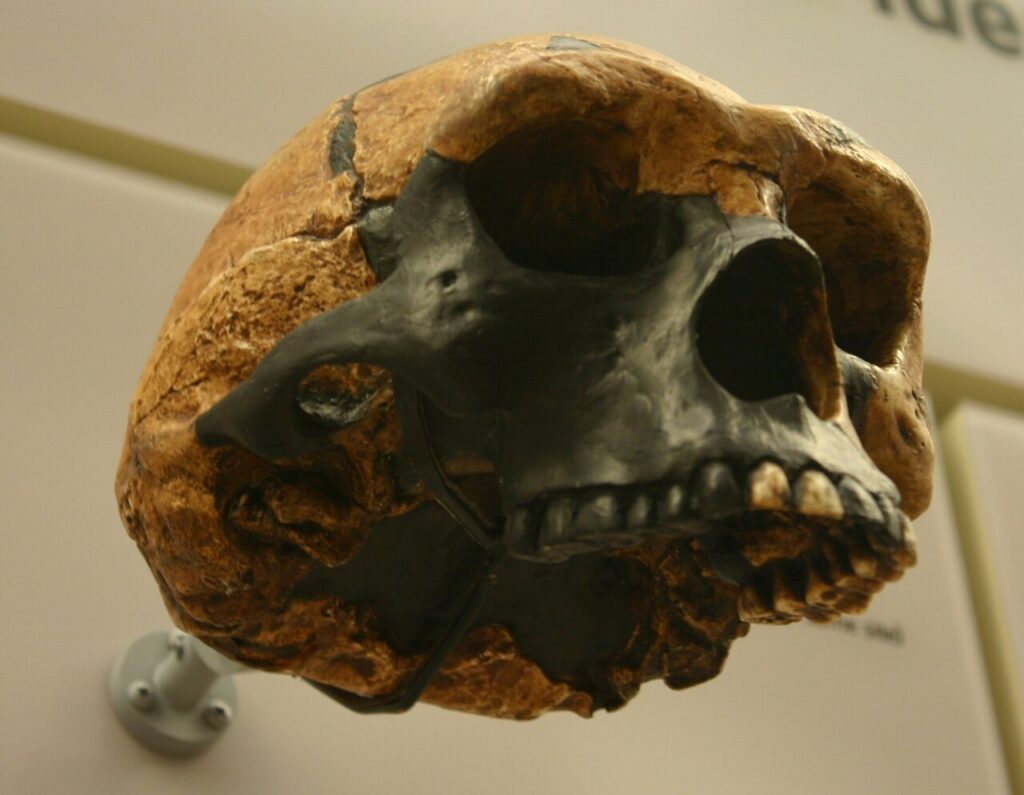
Peking Man is the name given to a group of fossils representing an early human species, Homo erectus, found in China in the 1920s and 1930s. These fossils were discovered in the Zhoukoudian cave system near Beijing. The fossils were lost during World War II when they were being transported to the United States for safekeeping. The value of the Peking Man fossils cannot be determined in monetary terms, as they are considered priceless for understanding human evolution.
The Peking Man fossils included skulls, teeth, and other remains that helped scientists learn about early human life in Asia. During World War II, the fossils were lost when the transport ship, which was carrying them, disappeared. Despite numerous efforts to recover them, the fossils have never been found. The mystery surrounding the loss of Peking Man remains one of the greatest archaeological enigmas.
Nazi Gold

Nazi gold refers to the treasure hoards and valuables stolen by Nazi Germany during World War II, including gold bullion, jewelry, and artwork. It is believed that the Nazis looted these treasures from occupied countries and stored them in various hidden locations. After the war, much of the Nazi gold was never recovered, and its whereabouts remain a mystery. The value of Nazi gold is estimated to be in the billions, with some estimates ranging as high as $20 billion in today’s terms.
Despite years of investigation and treasure hunts, Nazi gold has never been fully accounted for. Many believe that the gold was hidden in secret locations, such as caves or sunken ships, and may still be buried somewhere in Europe. Some speculate that certain parts of the gold were melted down and sold off during the post-war period. The search for Nazi gold remains a high-profile and controversial subject for historians and treasure hunters alike.
Royal Casket
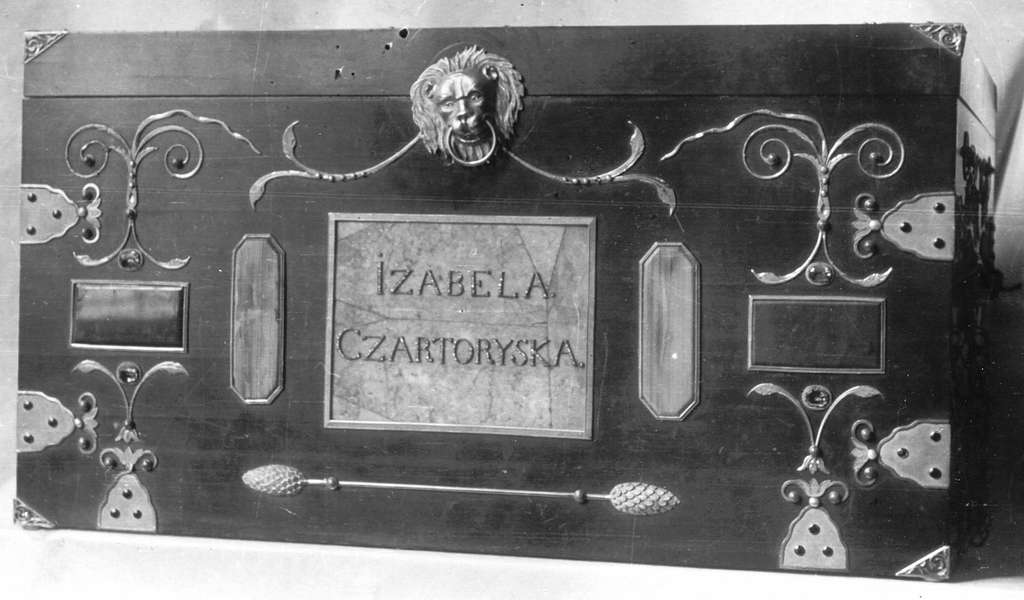
The Royal Casket was a beautifully crafted artifact believed to have been used to hold the royal regalia or other important items of the Russian imperial family. It was created in the 18th century and was highly valued for its craftsmanship, made from precious metals and adorned with intricate jewels. The casket was lost during the Russian Revolution, when many royal treasures were either stolen or destroyed. Its value is difficult to estimate, but its historical importance would make it worth millions.
The Royal Casket was likely hidden or stolen during the early days of the revolution, when many members of the royal family were killed or exiled. Various rumors have circulated about its whereabouts, but no one has ever found it. The treasure’s loss remains one of the many mysteries surrounding the fall of the Russian monarchy. Its rediscovery would be an extraordinary event for collectors of royal artifacts.
Michelangelo’s Mask of a Faun
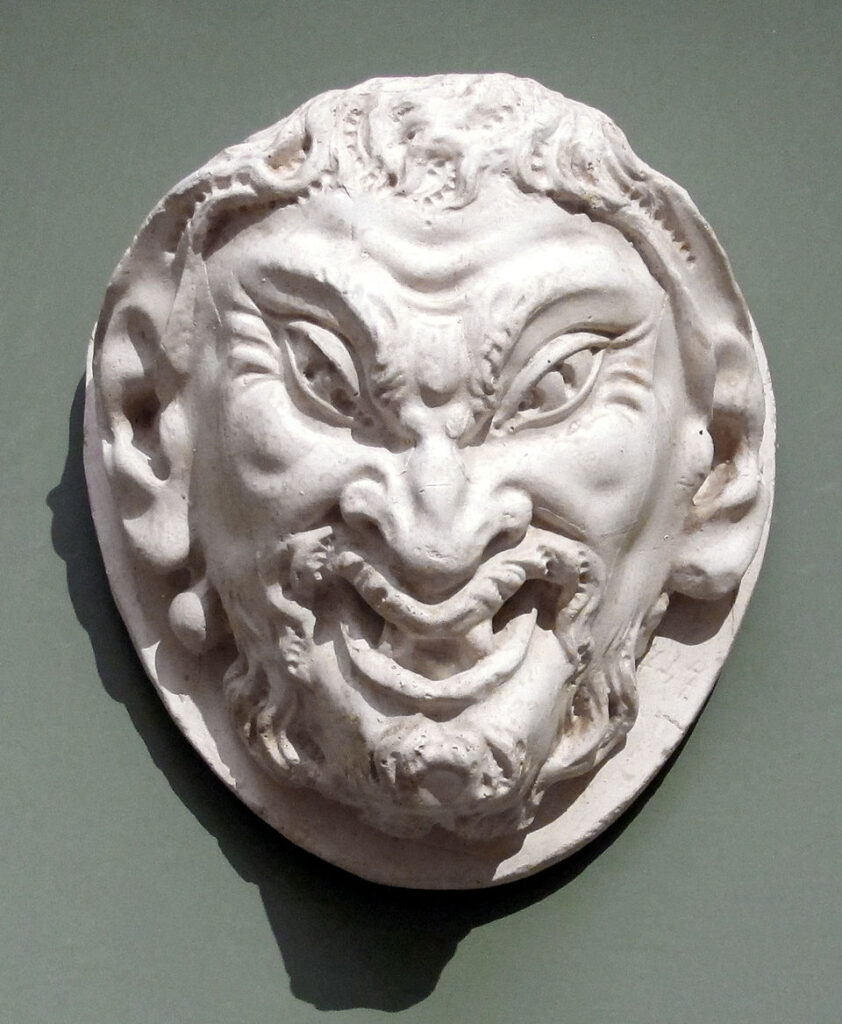
Michelangelo’s Mask of a Faun was a marble sculpture created by the famous Renaissance artist. It depicted the face of a faun, a mythical creature often associated with Roman and Greek mythology. The sculpture was lost during the 16th century, likely due to theft or misplacement. The value of Michelangelo’s Mask of a Faun would be priceless today, given Michelangelo’s unmatched contribution to art history.
The Mask of a Faun was believed to be one of Michelangelo’s early works, showcasing his mastery of marble carving. The sculpture was rumored to have been misplaced or stolen from the private collection where it was housed. Despite numerous efforts to locate it, the mask has never been recovered. If found, it would be considered one of the greatest lost sculptures in the history of art.
Caravaggio’s Nativity
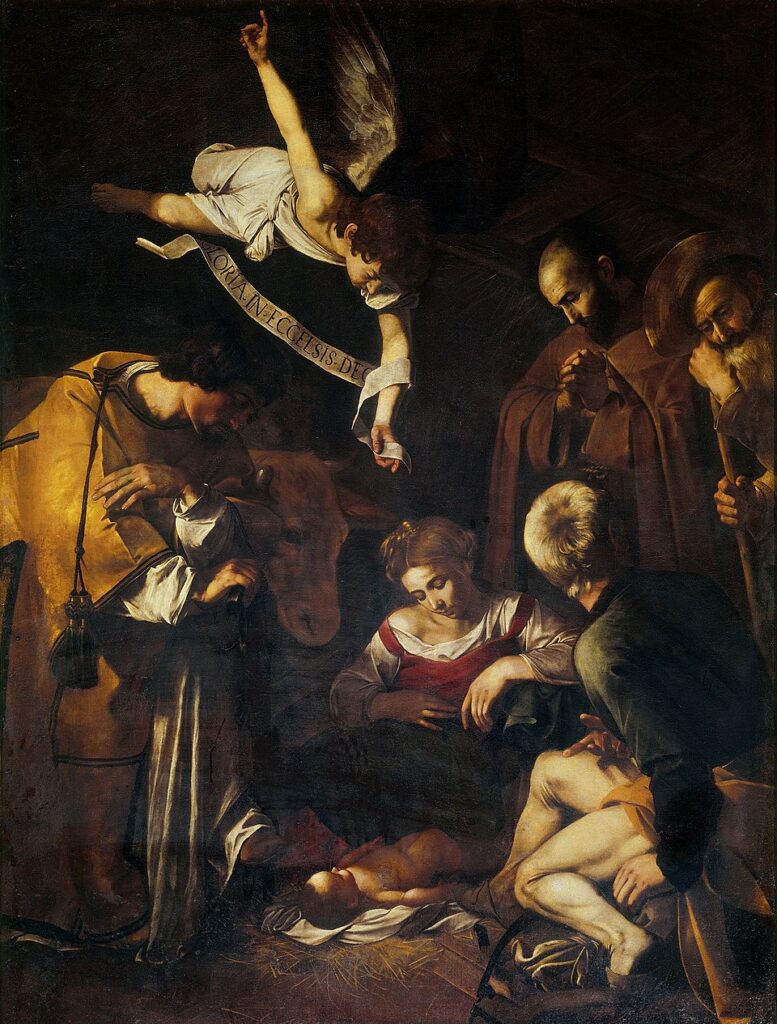
Caravaggio’s Nativity is one of the most famous paintings by the renowned Italian Baroque artist, Michelangelo Merisi da Caravaggio. The painting depicted the nativity of Jesus Christ and was commissioned for a church in Palermo, Italy. It was stolen in 1969 and has not been seen since. The estimated market value of Caravaggio’s Nativity is well over $100 million, given its historical importance and the fame of its creator.
The painting was stolen from the Oratory of San Lorenzo in Palermo, and despite various efforts to recover it, it has never been found. The theft remains one of the most high-profile art crimes in history. The painting’s loss is particularly tragic, as it was considered one of Caravaggio’s finest works. The search for the stolen masterpiece continues to intrigue art lovers and investigators worldwide.
Although these artifacts may never resurface, their stories live on in history and legend. The search for these treasures fuels ongoing interest in uncovering lost pieces of the past. Each mystery offers a glimpse into the fascinating world of lost history, keeping their legacies alive for years to come.
This article originally appeared on Avocadu.
